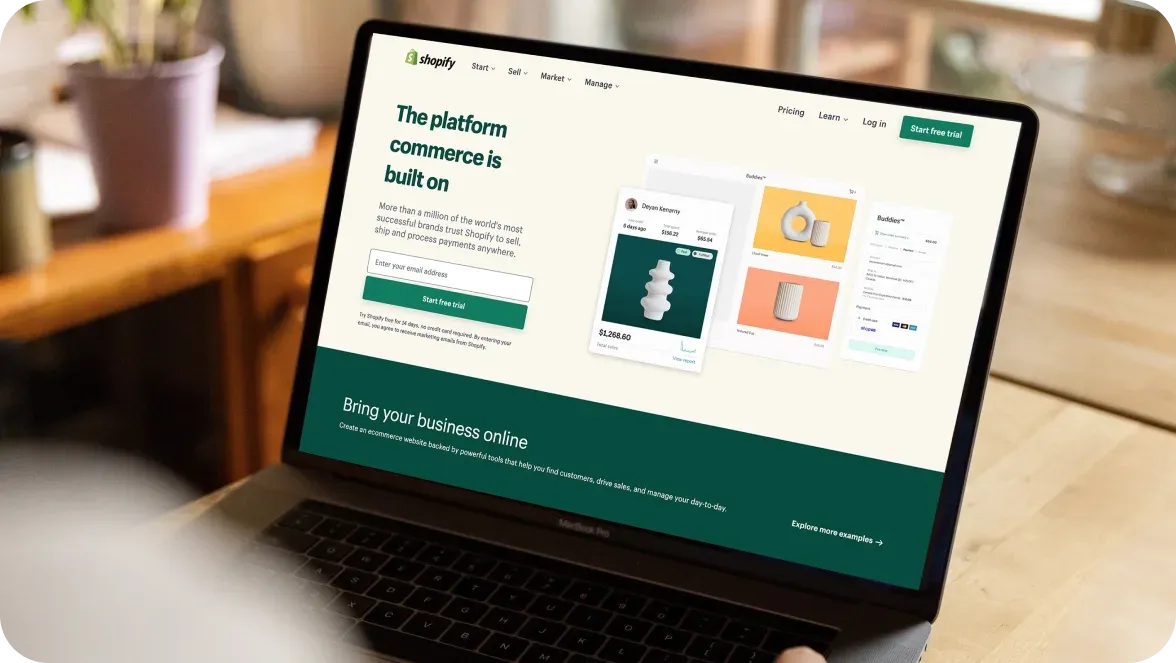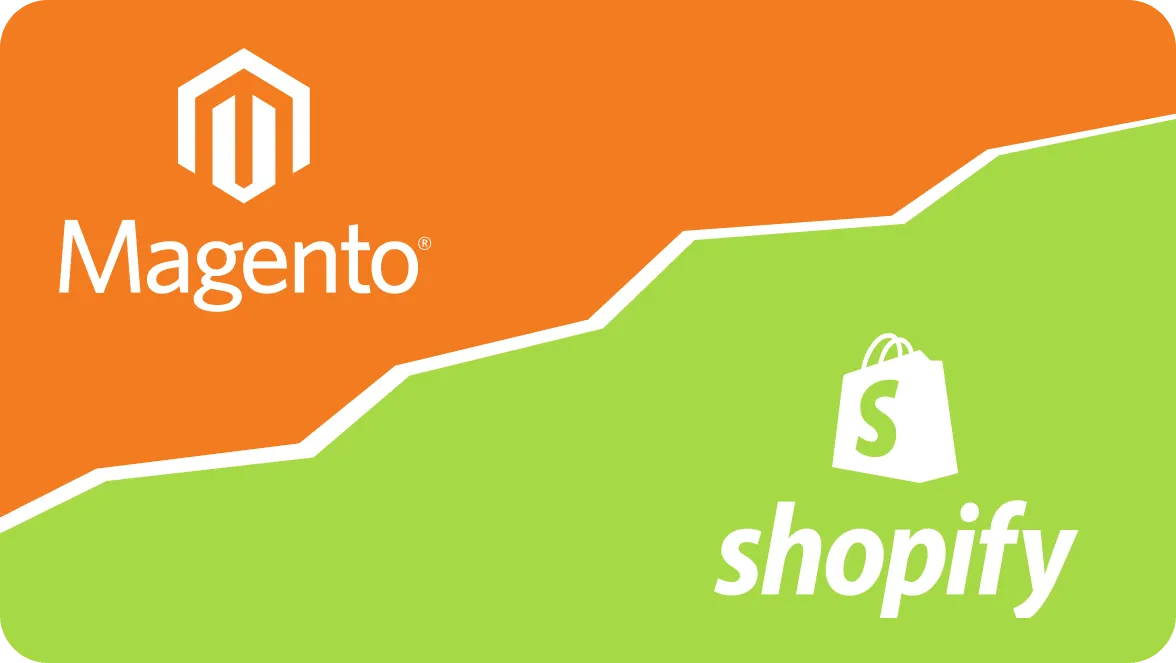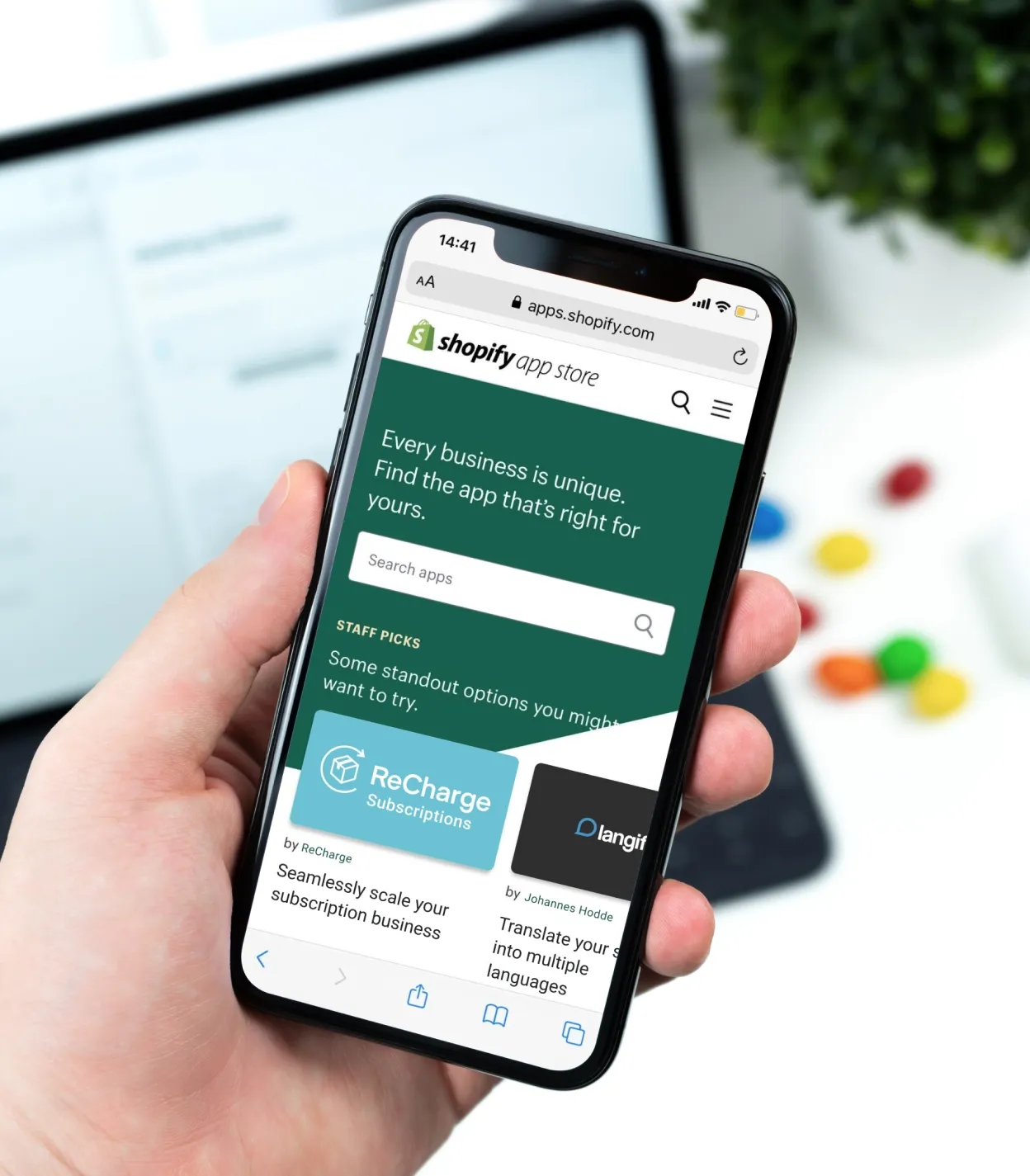
Starting an online marketplace involves a few key steps. You have to validate your business idea, perform your target audience and competitor demand analysis, choose the right monetization strategy, etc.
So, how do profitable marketplaces make money? This guide describes all the pros and cons of each marketplace business model from a list of seven most popular ones.
The top 7 popular marketplace business models
What is a marketplace business model? The marketplace business model definition refers to an online shopping center, where products or services from many brands are offered. In other words, the marketplace business model meaning is in facilitating the exchange of goods between buyers and sellers by guaranteeing the security of the purchase and sale.
But how to choose the right business model? Which model will deliver steady income and growth? Starting a marketplace is challenging. The marketplace business model chicken and egg dilemma is about a company’s focus on getting more customers rather than sellers or vice versa. However, by studying the existing marketplace business models, startups can be very successful, once a company has established its brand name. Alternatively, a combination of several models can be used to provide more earning opportunities. Here, we’ve collected the most popular monetization strategies that can be adapted to your online marketplace.
Commission
The commission model is quite popular among existing successful platforms. The model gained popularity over the past decade thanks to its flexibility and convenience for both sellers and buyers, since sellers do not risk paying significant amounts and only pay when their items are sold.
For instance, when you pay for an order, a commission may be charged from your product or service amount. It can be a flat rate, a fixed percentage, or a float commission that depends on the transaction’s sum. The commission may significantly vary and sometimes reach 50% in case of buying rare or unique items. Commission-based model is hardly suited for businesses that demand providing high transaction amounts.
Some platforms may charge a commission to either the seller or the buyer. But there are some that take a commission from both of them.
By using recurring payments you may benefit from keeping your business funded and evolving over a longer period of time. Etsy, eBay, Uber, and BlaBlaCar use a commission as the main revenue stream.
Bottom line. If you decide to use commission as a business model, keep in mind that you need to provide enough value for customers. Otherwise, the commission model may not bring the expected results.
If your marketplace doesn’t create enough value, or if its fees are too high, sellers and buyers will try to conduct purchases directly without using the marketplace as an intermediary.
However, you may use some strategies to retain customers on a marketplace platform: provide a variety of payment methods or develop a loyalty program, insurance, or order tracking.
Listing fee
Another option for getting online marketplace revenue is a listing fee model. While the commission-based online marketplaces charge a fee only when an item is sold, this model is based on a fee for a list posting. The listing model allows sellers to profit from every listing on the platform, thus enabling them to get stable profit and plan the budget in advance. However, paying a listing fee does not guarantee that the item will be sold, thus it may be more challenging for the marketplace to provide its value.
The listing fee will be the best choice if you have a large customer base. Thus, by using this monetization option, you will get access to a large customer pool and your profit depends on the quality of the product and the sales skills of the customers.
Subscription fee
A subscription-based marketplace charges a regular fee for access to a platform where sellers may find new clients or get access to the database of potential clients or partners. These marketplaces do not take part in transactions between users. This subscription model is preferable for marketplaces that don’t need user transactions, such as dating platforms or marketplaces like CouchSurfing.
With a monthly subscription fee, it is possible to get a stable predictable income. If you already have a community of trusted clients that are ready to pay for your services, this option will best suit your needs. Users can also predict their expenses as they do not depend on sales.
The membership fee is a good choice when the majority of marketplace members make several transactions per pay period. Such marketplaces may use daily, monthly, or annual payments and sometimes, an entry fee. The subscription model works well when the majority of marketplace members make several transactions per pay period.
In the case of charging a subscription, an online marketplace receives revenue if its users think it's worth paying for. It may be challenging to find providers without customers and find customers without providers. Thus, the solution is to have enough users to be valuable for both sides.
You can reduce the tension of a mandatory payment by proposing discounts for early adopters. Another option to attract users is to create different subscription plans, for example free, basic, and premium, or offer different rights to the users of each group. Subscription models are used by lots of well-known marketplaces, such as CouchSurfing, OkCupid, Linkedln, Spotify.
Lead fee
The lead fee model has something similar to the listing fee and commission models. Its difference from the commission model is that providers pay to make a bid for customers that post requests on the site. A value proposition is quite obvious, as you only pay when you are put in touch with a potential customer. There are different options that exist, either to charge to access each lead or charge for successful deals only.
The biggest challenge of this model is marketplace leakage. Even if you provide the first deal between a buyer and a vendor, they might continue their cooperation without the marketplace. In order to avoid this situation, set a reasonable price that won’t exceed a market average and give some extra values, such as invoicing, versatile payment options, security of transactions, etc.
B2B or B2C companies typically use the lead fee model. Among the bright lead fee platforms are Upwork and Fiverr.
Featured listings and ads
The featured listings and ads model usually provides free posting on a platform but charges for advertising privileges to enhance visibility on the platform. Sellers or service providers use this option to be at the top of a certain category.
This marketplace platform business model will best suit businesses that have a really specific niche, as ads are almost always a hindrance for users. Thus, if you want to offer the best possible experience for your users, provide relevant ads and connect providers with their customers.
You can also use this option as an addition to the other models. It helps you get extra revenue for your marketplace, introduce a new brand to digital advertising, expand the reach and grow your business. However, make sure you do not overload your marketplace with ads.
Among the bright marketplace business model examples that use ad-based revenue strategies are Etsy, Amazon, eBay.
Freemium
The basic principle of this business model for the marketplace is providing free use of the platform for both parties. The platform gets the value of additionally offering premium features, subscriptions, and cross-selling of other services.
Usually, businesses with a freemium model attract many users at the launch and provide fast lead generation for them thanks to the free use of the platform.
In the long run, it may take time to convert users into buyers. The number of buyers may be low, which makes the business not profitable. Once customers are on board, it's time to offer premium features for an additional fee.
Another challenge is to create enough value and find a balance between free and premium features. The main goal is to offer exceptional features that users will be willing to pay for.
By using the freemium model, users have a sufficient number of functions in the free version, but if they want to advertise or exceed the feature limit, they need to pay fees.
Selling fees
The selling fee model is a fairly popular solution among others. As with commissions, you get a part of each deal. The difference is that you get a percentage of the sale fee before the seller gets paid. You may choose from such selling fee strategies, as:
Get a direct payment from a buyer to a seller’s account.
Collect buyers' costs and transfer the revenue to sellers as redemption.
Divide a customer’s expense between a seller and the platform at the checkout phase.
You may also collect a fixed rate as a percentage of each sale, use particular rates based on the sellers’ ranks on your platform, or fees for specific product categories.
One of the main advantages is that the selling fee model ensures a stable revenue stream as the sales on your marketplace platform grow. However, you need to consider different levels and rates. You need a broad customer base for making this model work for you. Combine selling fees with some subscription fees or offer fee discounts.
If you want a rapid result, it’s not the right choice for you. This monetization strategy works for online marketplace business models where quantity matters. To make it work well, you should gain the audience and their trust.
What marketplace business is right for you?
Now you are aware of the main business models. When it comes to making a choice of the marketplace business, there's no "one size fits all" approach. So, when making a choice of an internet marketplace business model, consider the following:
Evaluate your industry and the competitors: it allows you to assess all the risks and benefits, as well as the weaknesses and strengths of your competitors.
Assess a stage of the product life cycle: while some business model may be preferable at the early stages, you may need another one if you get large selling and traffic volumes.
Target market, geographical location, and culture are also important attributes for making a choice: the butterfly effect is an often underestimated phenomenon wherein a small change in, for example, location can lead to vastly different outcomes.
We recommend starting your journey with a single monetization method and maybe later, as your business scales, combining it with other strategies.
Once you find out what e-commerce marketplace business model fits your business, contact us. Our experts will provide the necessary assistance and make your solution unique and outstanding among competitors. We will help you bring the best experience to your users.






































Was this helpful?
0
No comments yet